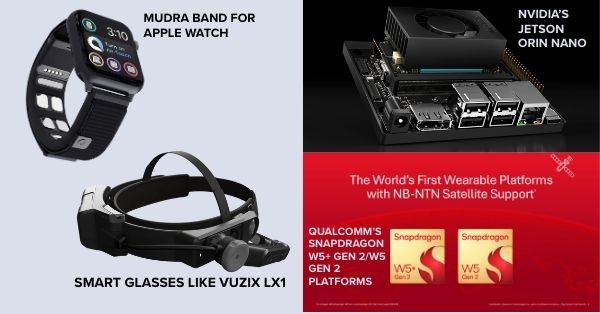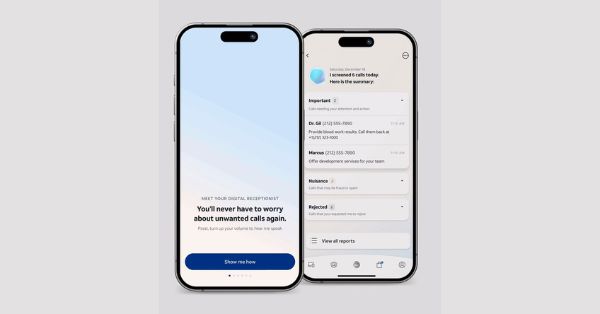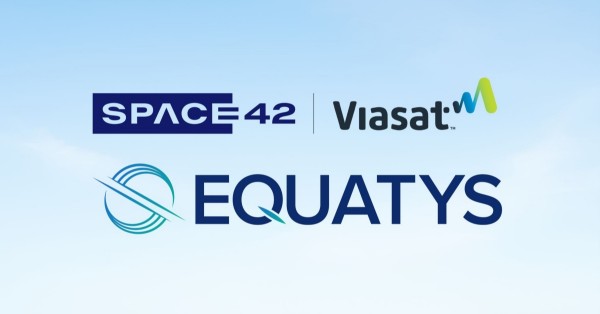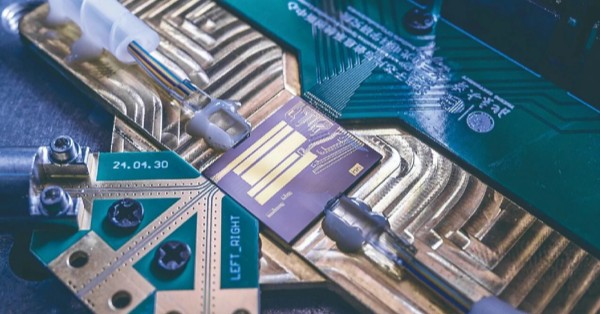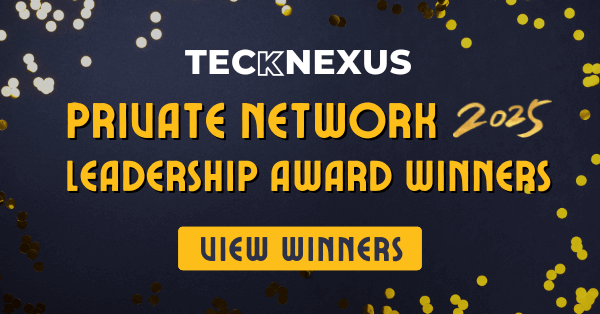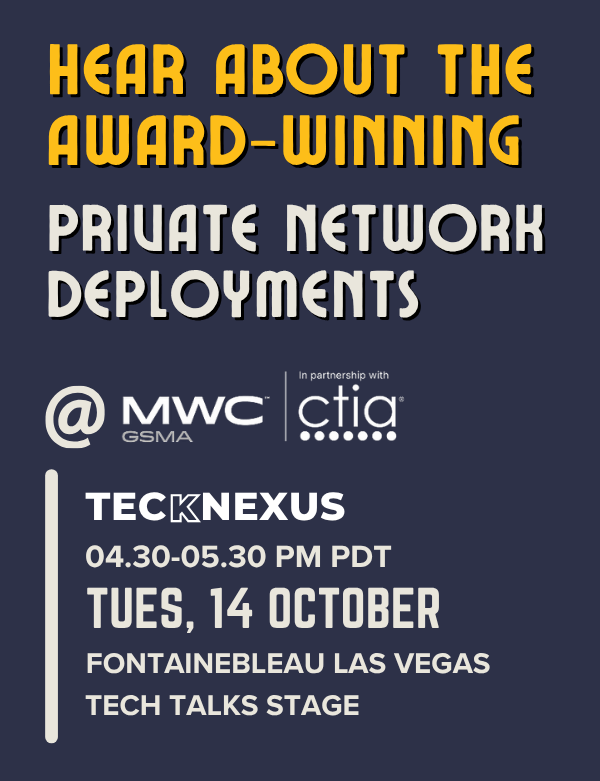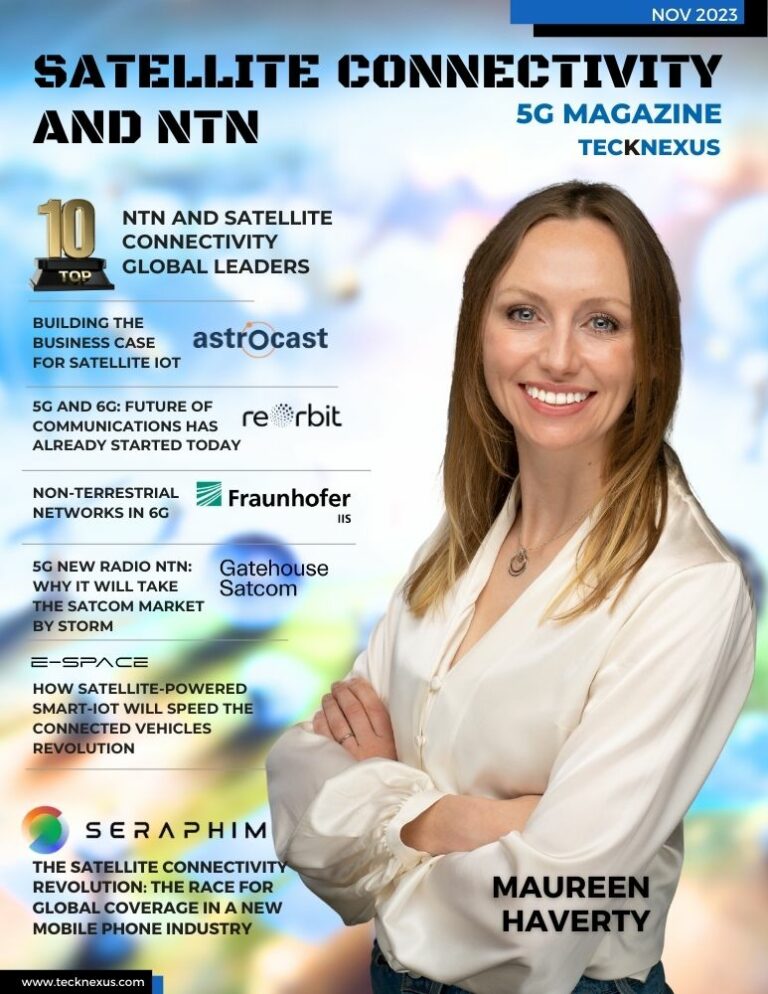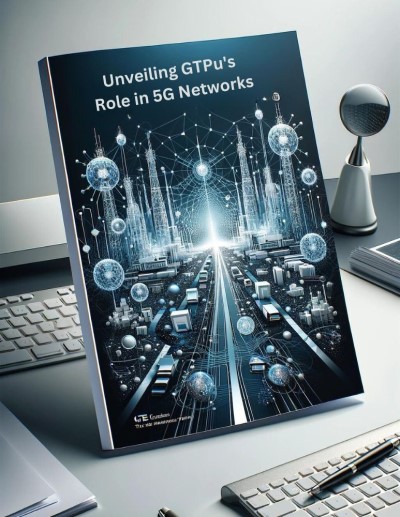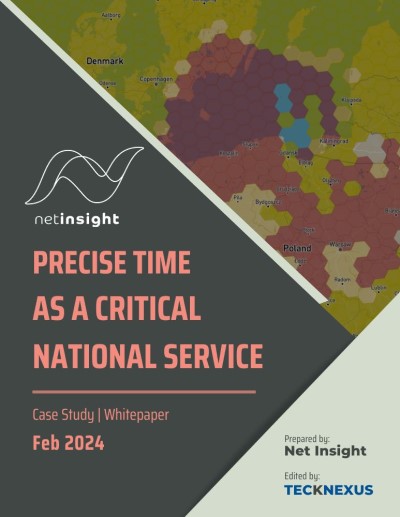- Tech News & Insight
- September 22, 2025
- Hema Kadia
Korea’s three national carriers have enabled Rich Communication Services (RCS) on iPhones via Apple’s recent iOS update, bringing Android–iOS parity for default messaging to a market long dominated by OTT apps. SK Telecom, KT, and LG Uplus now support RCS for iPhone users across Korea, extending capabilities that previously existed only on Android. RCS on iPhone is available on iPhone 11 series and newer models running the latest iOS update, with activation dependent on carrier support and user settings. Users gain modern chat features including group messaging with up to 100 Android participants, read receipts, typing indicators, replies, and support for richer media.



